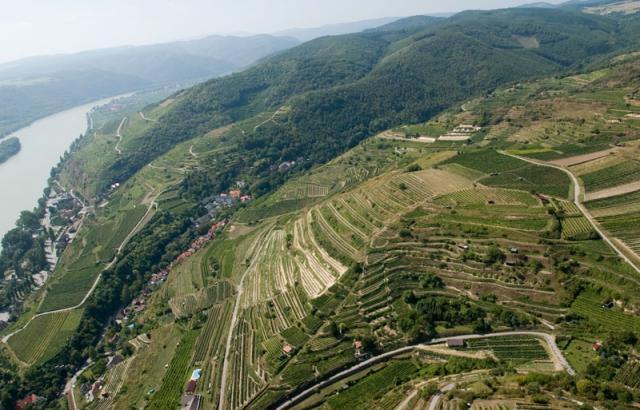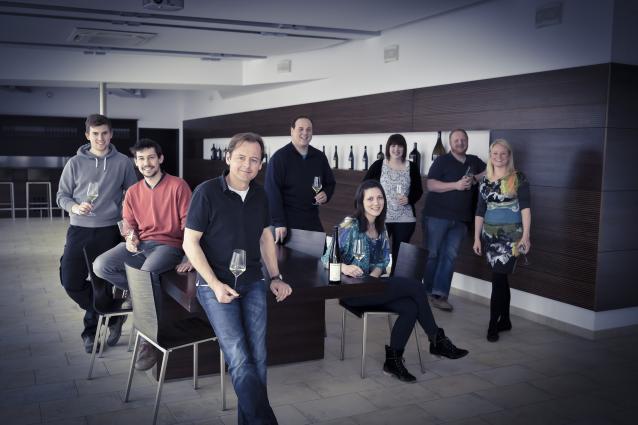Stadt Krems
Weinzierlberg Grüner Veltliner
Stadt Krems
Weinzierlberg Grüner Veltliner
Weingut Stadt Krems was originally founded by the city of Krems in 1452 to support a local hospital for city residents. With over 550 years of history, Weingut Stadt Krems is one of the oldest wine producers in Europe. Since July 2003, the estate is managed by a young, innovated team directed by Fritz Miesbauer. The flagships are Riesling and Gruner Veltliner (over 90%).
Wine Production
This wine was harvested at the end of October with strict selection. After destemming and careful pressing, the must was fermented under controlled temperature in stainless steel tanks.
Tasting Notes
With a heady aroma, reminiscent of green bananas and citrus, this is classic Kremstal Grüner Veltliner, with both juicy fruit character and persistent minerality and spice. Brilliantly clear with just a touch of a golden hue. The nose is floral effused with mandarin essences, some herb garden undertones and the quintessential peppery tickle. There is a subtler citrus flavor on the palate that lingers, as well as some mellow spice notes.
Food Pairing
Pair with pan seared Chilean sea bass covered with herbs d’Provence & Beurre Blanc over steamed asparagus topped with lemon zest, and prosciutto.
Weingut Stadt Krems was originally founded by the city of Krems in 1452 to support a local hospital for city residents. With over 550 years of history, Weingut Stadt Krems is one of the oldest wine producers in Europe. Since July 2003, the estate is managed by a young, innovated team directed by Fritz Miesbauer. The flagships are Riesling and Gruner Veltliner (over 90%).
Wine Production
This wine was harvested at the end of October with strict selection. After destemming and careful pressing, the must was fermented under controlled temperature in stainless steel tanks.
Tasting Notes
With a heady aroma, reminiscent of green bananas and citrus, this is classic Kremstal Grüner Veltliner, with both juicy fruit character and persistent minerality and spice. Brilliantly clear with just a touch of a golden hue. The nose is floral effused with mandarin essences, some herb garden undertones and the quintessential peppery tickle. There is a subtler citrus flavor on the palate that lingers, as well as some mellow spice notes.
Food Pairing
Pair with pan seared Chilean sea bass covered with herbs d’Provence & Beurre Blanc over steamed asparagus topped with lemon zest, and prosciutto.
Brand Materials
Vineyard & Production Info
Winemaking & Aging
Analytical Data
About the Vineyard
Weinzierlberg, whose name means "Vintner's Hill, ' was named in 1112. The terroir is dominated by loess over gravel and stones. Ripeness and freshness are balanced by warm soils and cool breezes.








